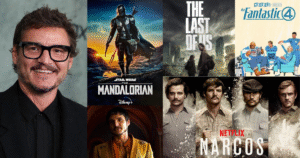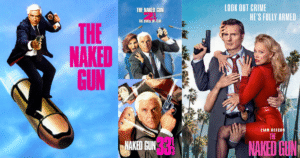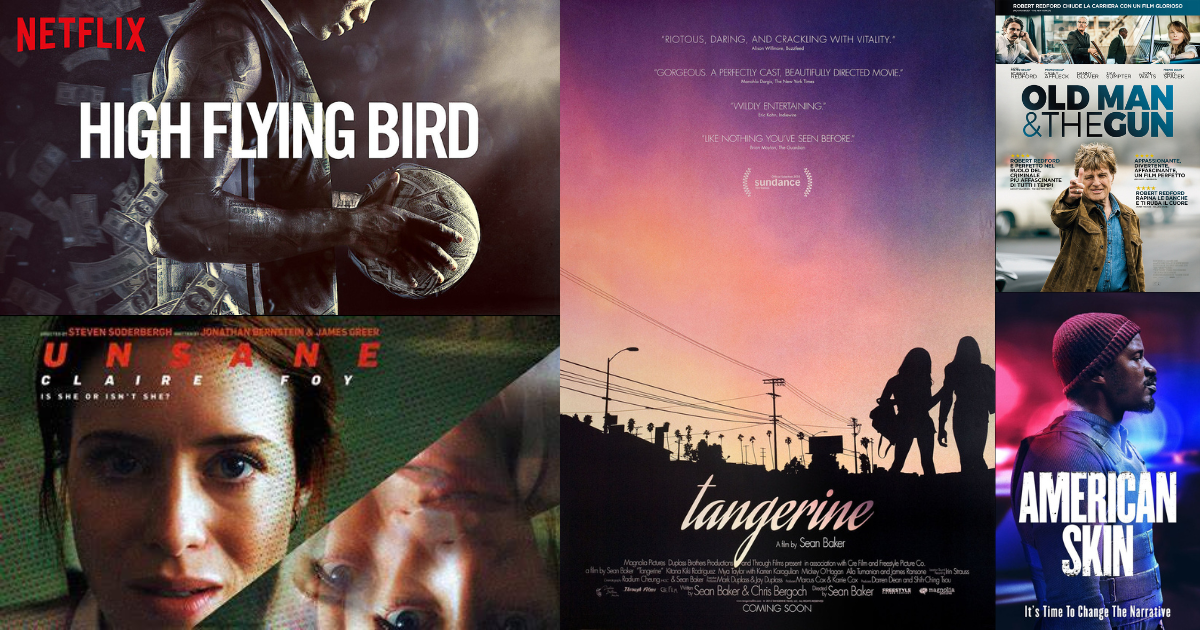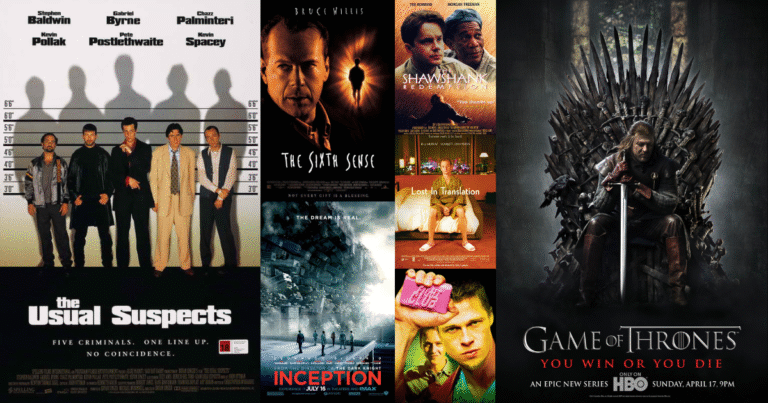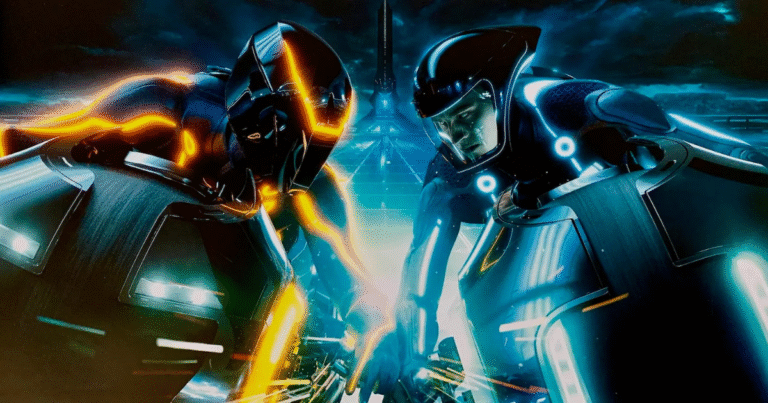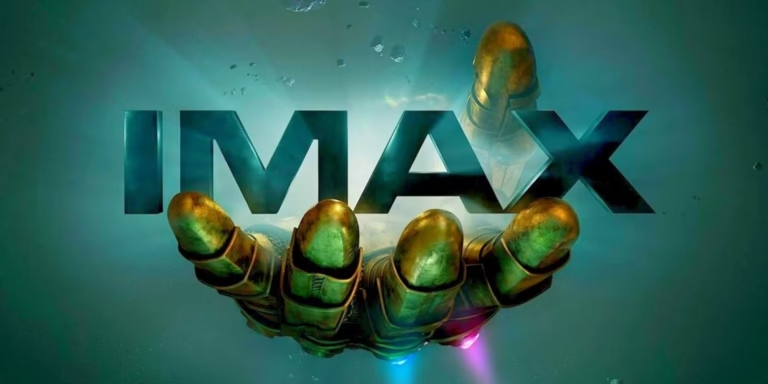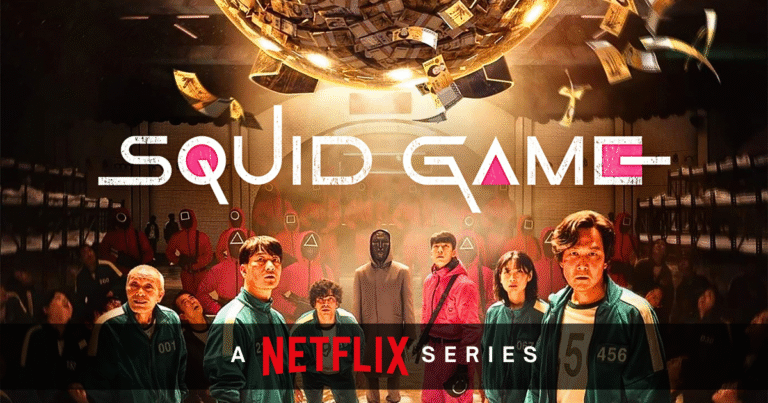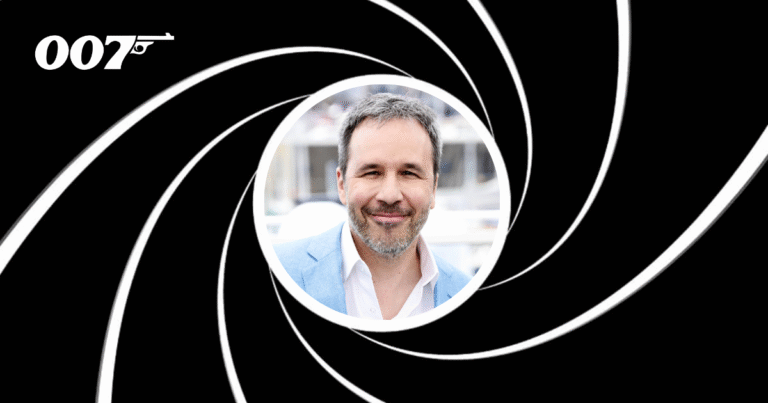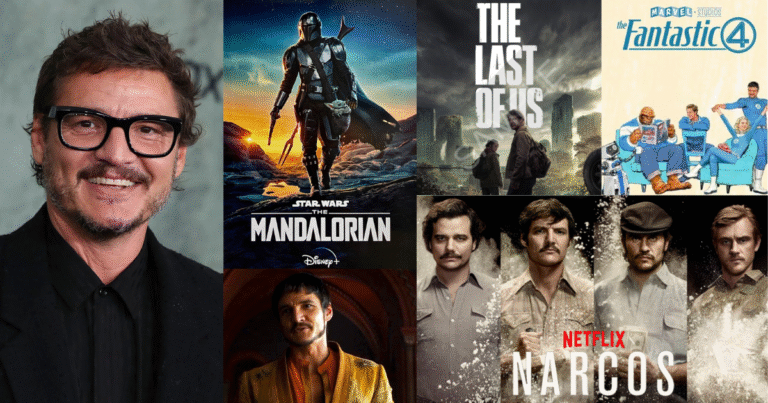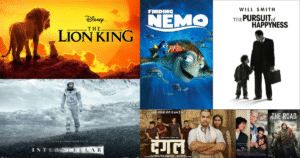There was a time when the idea of shooting a movie scene on a smartphone would’ve been unthinkable, especially for big-budget films. That’s changed. Over the last decade, we’ve seen a quiet but steady rise in smartphone-shot scenes making their way into major blockbusters. What started as an indie experiment is now a creative choice embraced by top directors and production houses.
Smartphone cinematography isn’t just a novelty anymore. It’s a tool, and filmmakers are finding smart, purposeful ways to use it.
Why Are Big Films Using Smartphones?
There are a few reasons. First, smartphones are tiny and easy to maneuver. That makes them ideal for capturing tight angles, quick inserts, or highly mobile shots without bulky gear.
Second, the quality of smartphone cameras has improved dramatically. With the right lighting and a bit of post-production, footage from an iPhone or similar device can blend seamlessly with footage from a RED or ARRI.
And third, sometimes it’s just the best way to get the shot. Whether a scene is in a crowded space, involves unpredictable action, or needs to feel raw and immediate, smartphones can offer a freedom that traditional cameras can’t.
Directors Leading the Charge
Some of the most respected filmmakers have already experimented with this approach, and not just in low-budget projects.
Steven Soderbergh, for example, shot his entire films Unsane and High Flying Bird on iPhones. While those were more contained projects, they proved that smartphone footage can hold its own in a feature-length narrative. Soderbergh cited not just budget but speed and creative freedom as reasons for the choice.
Then there’s Sean Baker, who made waves with Tangerine (2015), shot entirely on an iPhone 5S. While Tangerine wasn’t a blockbuster, it influenced the conversation around smartphone cinematography in serious cinema. Baker showed that emotional depth, dynamic storytelling, and a rich visual style could all be achieved without traditional cameras.
In the blockbuster space, smartphone scenes are often peppered into films rather than dominating the entire runtime. Think inserts, handheld moments, or point-of-view shots, often invisible to the viewer.
From indie gems to major studio films, smartphone-shot scenes are becoming surprisingly common. In Old Man & the Gun, iPhone footage was used for nostalgic flashbacks, while American Skin and Missing integrated mobile-shot sequences to mimic viral videos and digital realism. Even The Florida Project used an iPhone to capture its emotional final scene inside Disney World.
Music videos like Lady Gaga’s “Stupid Love” and Olivia Rodrigo’s Sour Prom pushed visual boundaries with phone cameras, while behind-the-scenes footage from Marvel and Star Wars often includes smartphone material that sometimes makes it into final edits. These examples show how smartphones are no longer just a backup, they’re a creative choice.
Smartphone Scenes in Major Films
Let’s look at some big-name films where smartphone cameras played a real role:
1. The Avengers (2012)
During certain behind-the-scenes or tight-action sequences, smartphones were used to quickly capture alternate angles or reference footage. While not central to the final cut, these moments marked an early instance of mobile devices entering the professional filmmaking process.
2. Searching (2018)
This thriller unfolds almost entirely through computer and smartphone screens. While not shot entirely on phones, the visual style mimics that aesthetic. The movie’s success proved that audiences are comfortable with screen-based storytelling, and even crave the intimacy it offers.
3. Dune: Part Two (2024)
Though shot mostly with IMAX cameras, director Denis Villeneuve has mentioned using small-format footage in a few instances for pick-ups and quick angles. Smartphone-sized devices help in remote desert locations where setup time is minimal and mobility matters.
4. The Batman (2022)
Matt Reeves’ gritty tone was enhanced by using smaller, less intrusive cameras for certain close-quarters and chase sequences. While not all smartphone-based, a few handheld inserts were captured with mobile rigs or smartphone equivalents for fast movement.
5. Moon Knight (2022)
In the Marvel Disney+ series, some fight scenes and first-person sequences were enhanced with smartphone-sized camera gear to get creative, immersive shots in tight quarters.
Why It Works
Smartphones bring a sense of immediacy. When the audience doesn’t feel the presence of a bulky camera setup, there’s a certain rawness to the footage. That’s powerful, especially in scenes that demand emotional honesty or chaos.
They’re also less intimidating. In scenes with non-actors or street-level action, smartphones make the whole process more discreet. That can lead to more natural performances and unpredictable moments, which some directors welcome.
Also, from a technical standpoint, phones are now packed with high-resolution sensors, optical image stabilization, and cinematic modes that rival early digital cameras.
Limitations (And How Directors Work Around Them)
Of course, smartphone cameras have limits. Their sensors are small. Low-light performance, dynamic range, and depth of field still lag behind professional gear. But those limitations are often turned into creative opportunities.
Directors use smartphone footage in bright environments, for fast-moving sequences, or to mimic surveillance, social media, or handheld perspectives. They also rely on color grading and smart editing to match the footage with higher-end visuals.
Plus, many use rigs, gimbals, and external lenses to expand the phone’s capabilities. With just a few accessories, that iPhone can shoot something good enough for the big screen.
What This Means for the Future
The line between professional and consumer filmmaking is blurring. As tools become more accessible, the focus shifts even more to storytelling, vision, and execution.
For indie creators, this is a win. It shows that ideas and creativity matter more than gear. And for the industry, it’s another example of how evolving technology keeps reshaping what’s possible in visual storytelling.
Whether it’s a full movie shot on a phone or just a few key moments, smartphone filmmaking is no longer a gimmick, it’s a legitimate, accepted, and often preferred method in the filmmaker’s toolkit.
Expect to see more of it.


